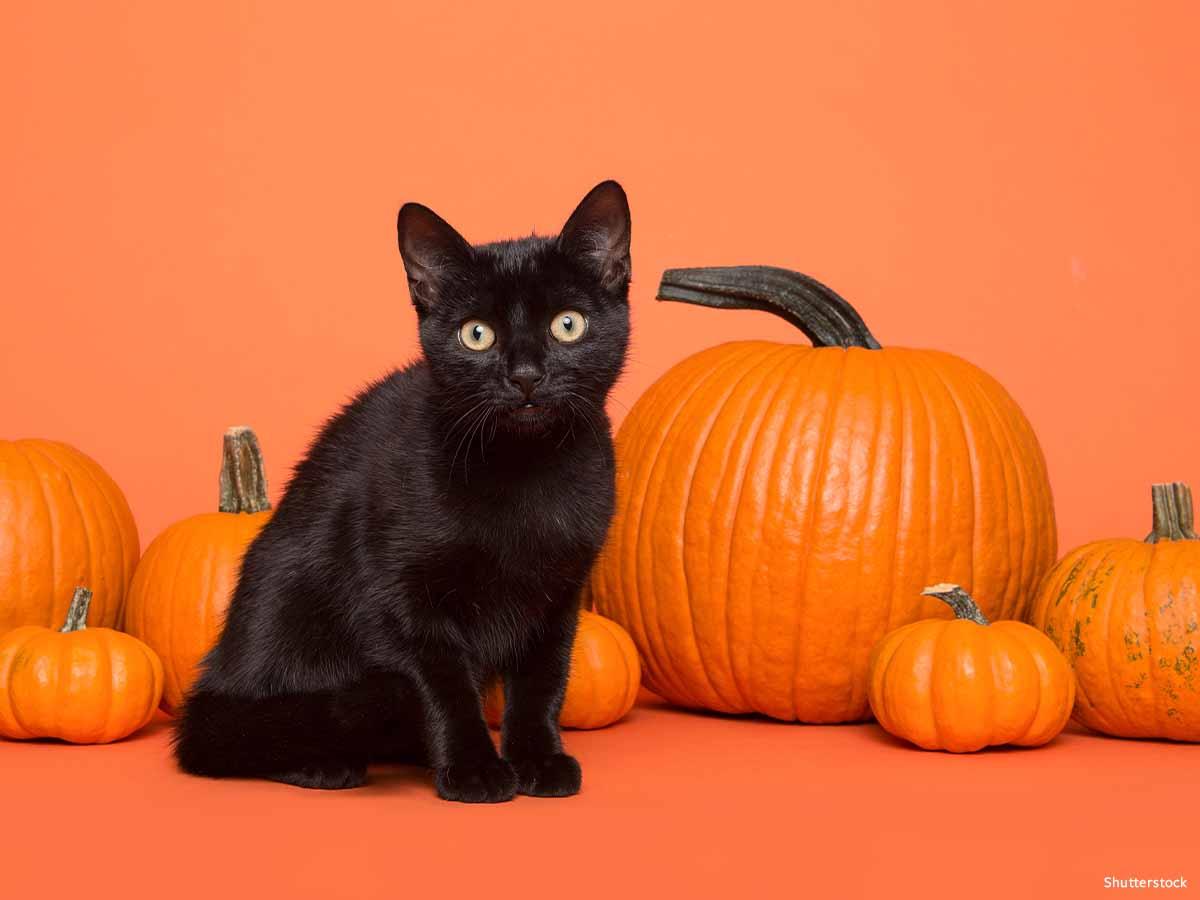6 Animal-Friendly Halloween Safety Tricks to Make the Holiday a Treat
Halloween really has it all — sweet treats, spooky festivities, and a kaleidoscope of costumes — but did you know it also poses some risks to our animal friends’ and companions’ safety? Fear not! We have some easy tips and tricks to make sure everyone, from four-legged to feathered, has a safe Halloween without sacrificing any of the fun. With a little preparation and compassionate consideration, you can have an animal-friendly holiday that’s sure to be the best on the block!
We might love the costumes, candy and commotion surrounding Halloween, but it can be a very scary holiday filled with hazards for animals who are wild, as well as those who are our companions. Fortunately, there are a lot of simple things we can do to make things better for animals.
Stock Up on Vegan Candy
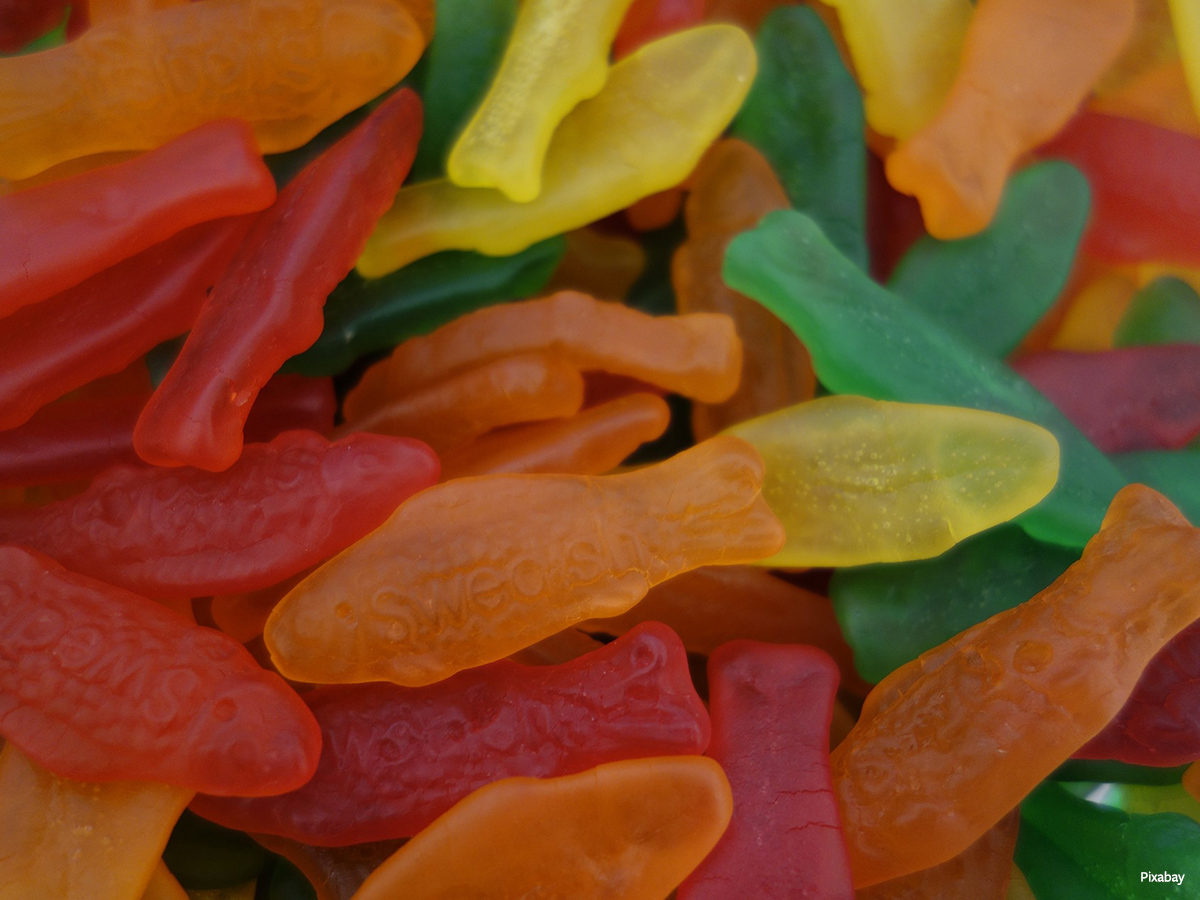
Choosing to eschew animal ingredients doesn’t mean you have to miss out on any of the candy-filled fun of Halloween. While there are many animal ingredients lurking in candy, including gelatin, artificial colors and dairy, there are still tons of options to satisfy sweet or sour cravings and indulge trick-or-treaters, or yourself — there’s more than 100 kinds to choose from! If you’re hosting a Halloween party and need some inspiration for foods a little more filling than candy, check out our free vegan guide for all sorts of scary-good, animal-friendly, crowd-pleasing ingredients and meals!
Keep Your Treats Out of Reach
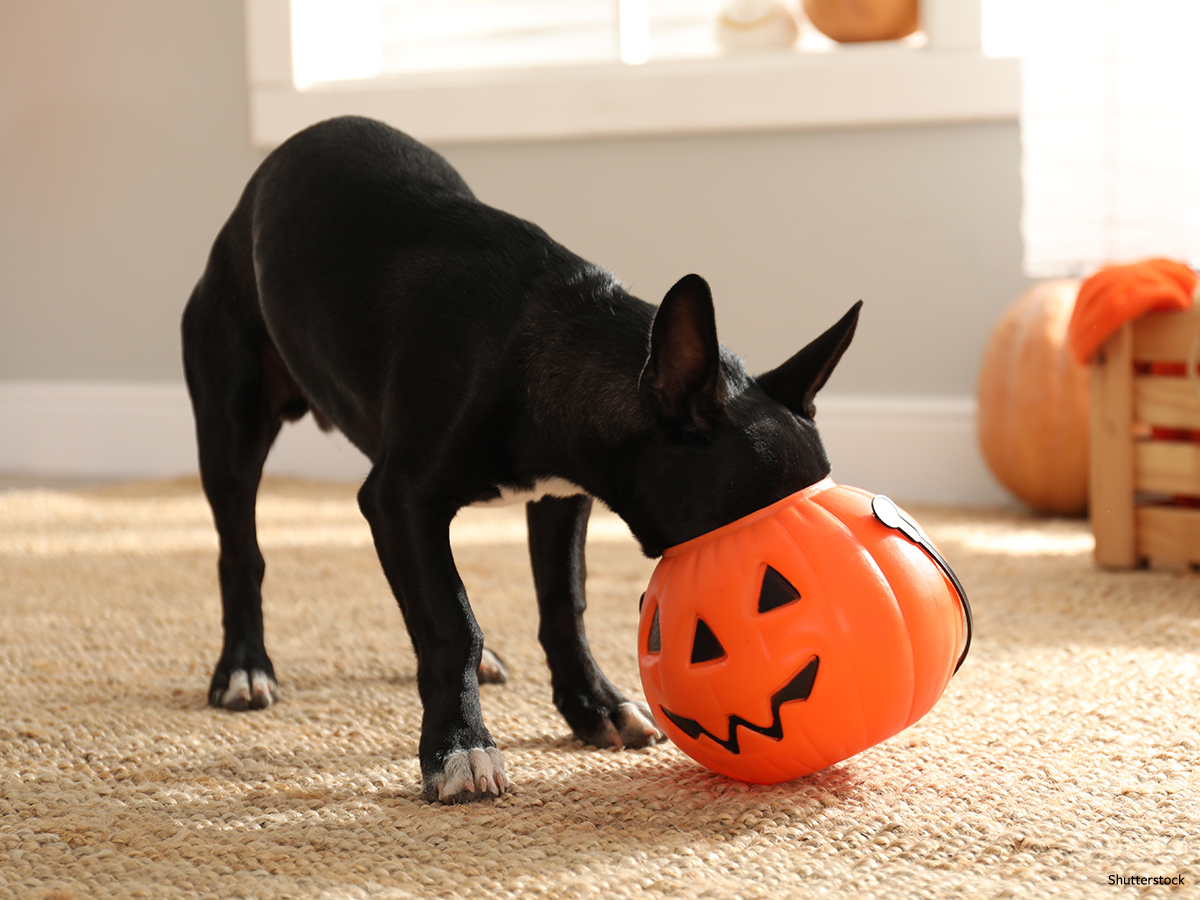
With so much candy floating around, it’s important to keep it out of reach of our curious, counter-surfing companions. While none of it is particularly good for animals to eat, some candies are particularly dangerous. Some types to watch for include:
- Candy containing chocolate, or chocolate covered raisins
- Sugar-free candy containing xylitol
- Caramel apples
- Candy corn
- Candy containing nuts
Candy wrappers themselves can also pose a major threat by causing bowel obstructions if ingested. Please keep an eye on kids who might want to share, and don’t leave candy outside unattended, it can pose a serious risk to wild animals.
If you’re worried that any of your companions may have eaten something they shouldn’t have, contact your veterinarian immediately, or call the Pet Poison Helpline at 855-764-7661 or the ASPCA’s Animal Poison Control Center at 888-426-4435.
It’s always a good idea to have an emergency plan for your companions ready to go, which includes knowing where your closest 24-hour emergency veterinarian is located and having a folder ready that contains, at minimum, your companion’s vaccination records, names of medications they are taking, and any other documentation relating to ongoing health issues.
Keep Animal Companions Safe at Home and Identifiable
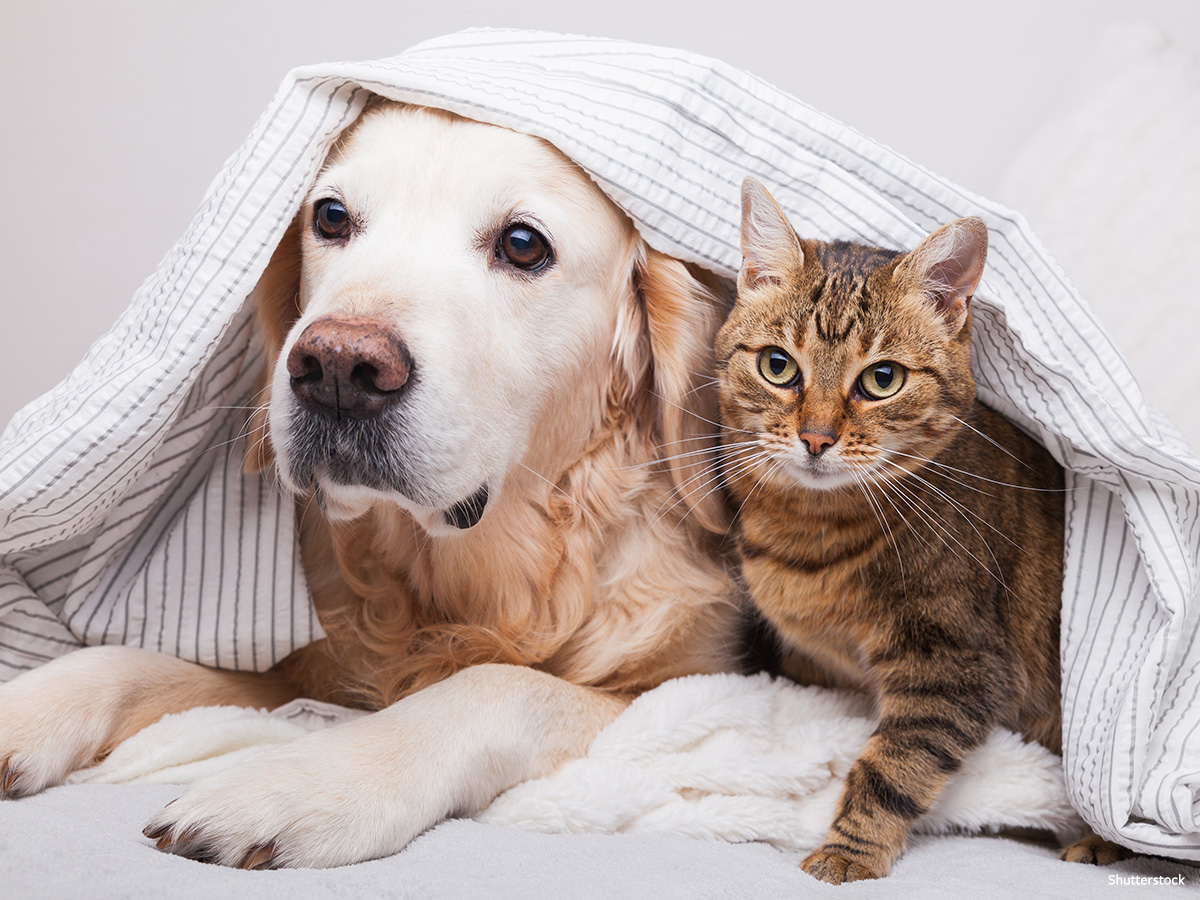
All of our animal companions are unique and will react differently to the commotion typically associated with Halloween. Regardless of how they may react, you can ensure their safety by putting them in a quiet room while entertaining guests and answering the door. If you expect trick-or-treaters in your area, you can wait outside or by the door to keep them from ringing the doorbell or knocking, which can cause stress.
Remembering to quickly check the status of your companion’s microchip before any festivities begin can be a lifesaving measure. You can usually go online to the manufacturer’s page of the microchip used for your companion and double check that all of your contact information and addresses are correct and up-to-date. Next time you’re at the vet, ask to have your companion’s microchip scanned to ensure it's working properly and hasn’t migrated from its original position.
It might also be tempting to take dogs out with you on Halloween, but costumes and crowds can be stressful for them, and no one wants to end the night with a lost companion, or one who bit someone because they were scared and overwhelmed. Please carefully consider whether it’s the best idea for your situation.
Whether they’re home or out with you, always make sure they have proper identification in case they do manage to slip out or away.
Keep Costumes Primarily to Your Human Friends and Family
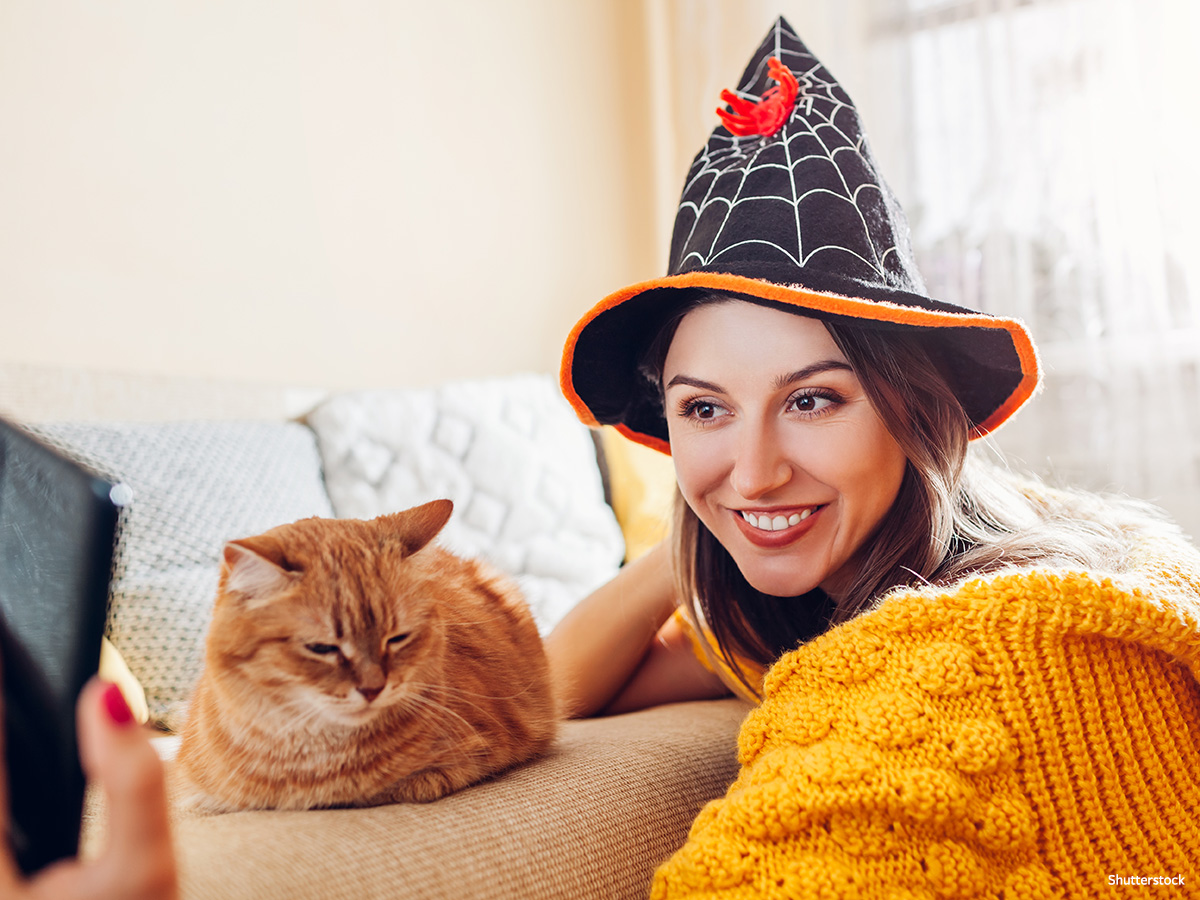
Costumes are fun, and your furry companion might look adorable dressed up as a bumblebee, but costumes should really be considered carefully for animals and mostly kept to our human friends and family. Dressing up our animals can stress them out, restrict their movement, cause joint pain, and costumes themselves can become potentially hazardous if parts are ingested. Please use your best judgment.
Make Your Spooky Décor Animal-Friendly
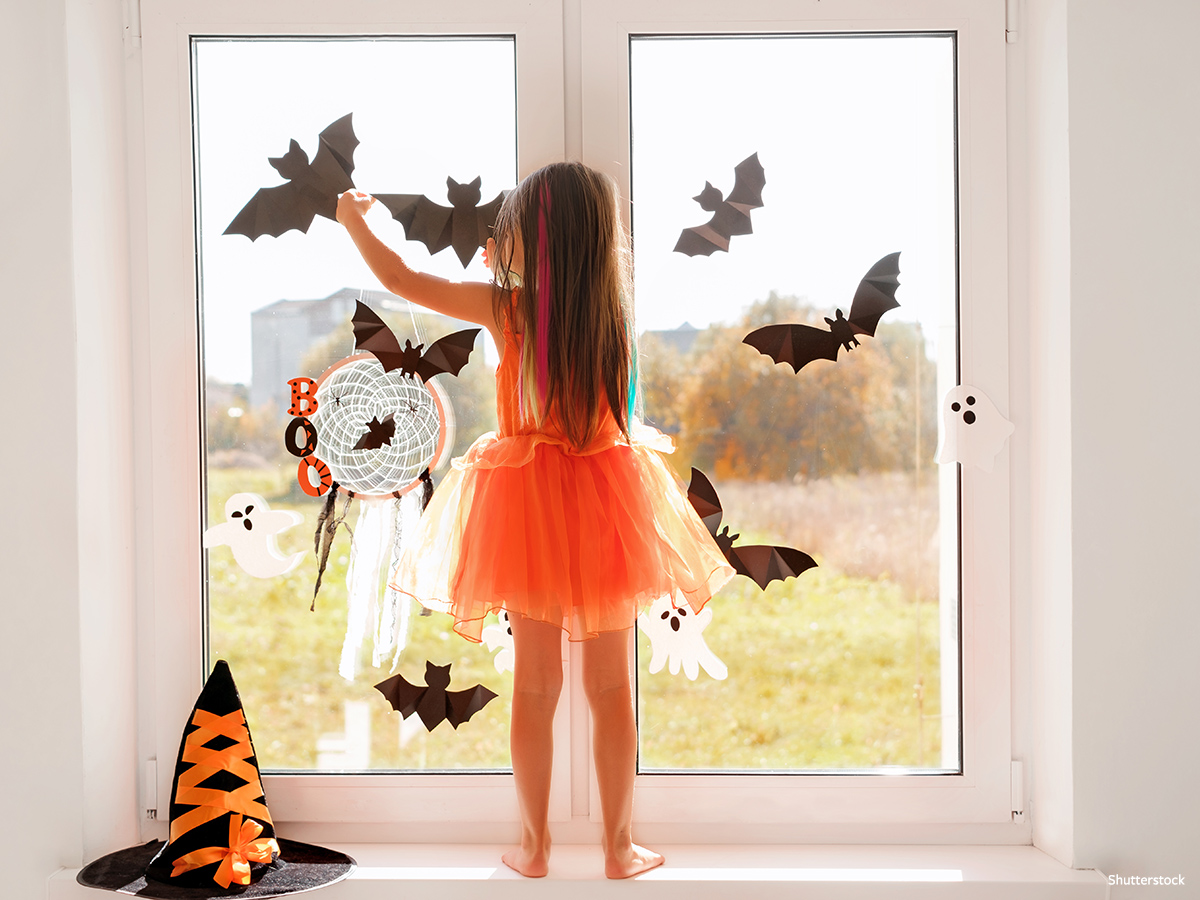
You might want your home to be the spookiest in the neighborhood, but many decorations people use can be particularly dangerous to animals, and especially to wildlife when we decorate outdoors.
Wild animals can be caught in fake spiderwebs or entangled in string lights and other cords, or stuck in anything that has loops or closed circles, and the outcome can be deadly.
If you have pumpkins outside, don’t leave them to rot. They’ll attract wild animals who may otherwise avoid homes, which can increase conflicts and put them in danger.
Consider displaying Halloween decor from behind windows and make sure that any outdoor decorations are securely fastened down so they don’t become litter or choking hazards to curious wildlife should weather carry them away.
Light the Night with Animal-Friendly Candles
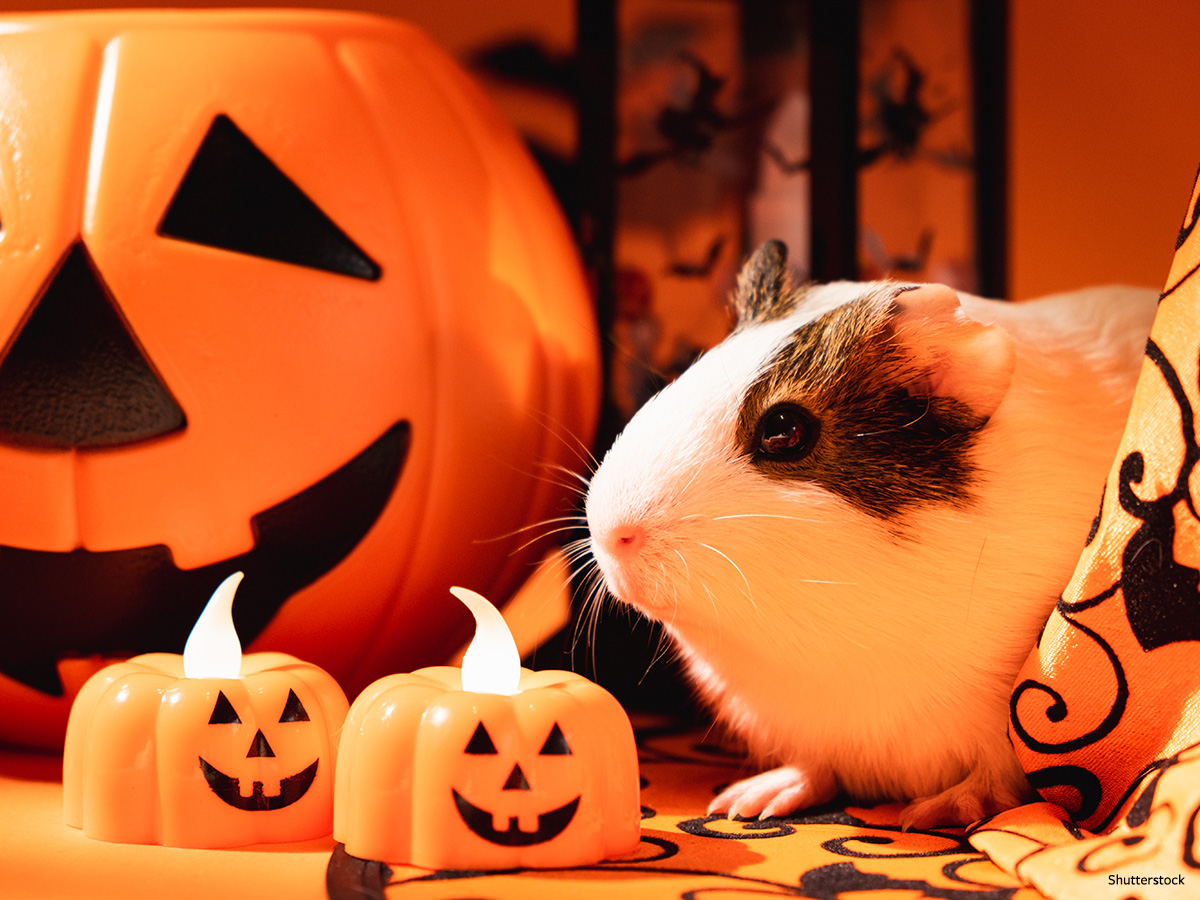
Carved pumpkins might not be complete without a little flame inside, but candles can pose a serious danger to curious animals, your home and the environment. If you’re lighting anything, using LED lights is a much safer alternative.
If you do decide to use real candles, choose soy-based ones that don’t have animal ingredients, such as beeswax or tallow, and make sure they are never left unattended, or put in places where our companions can reach them, or knock them over.
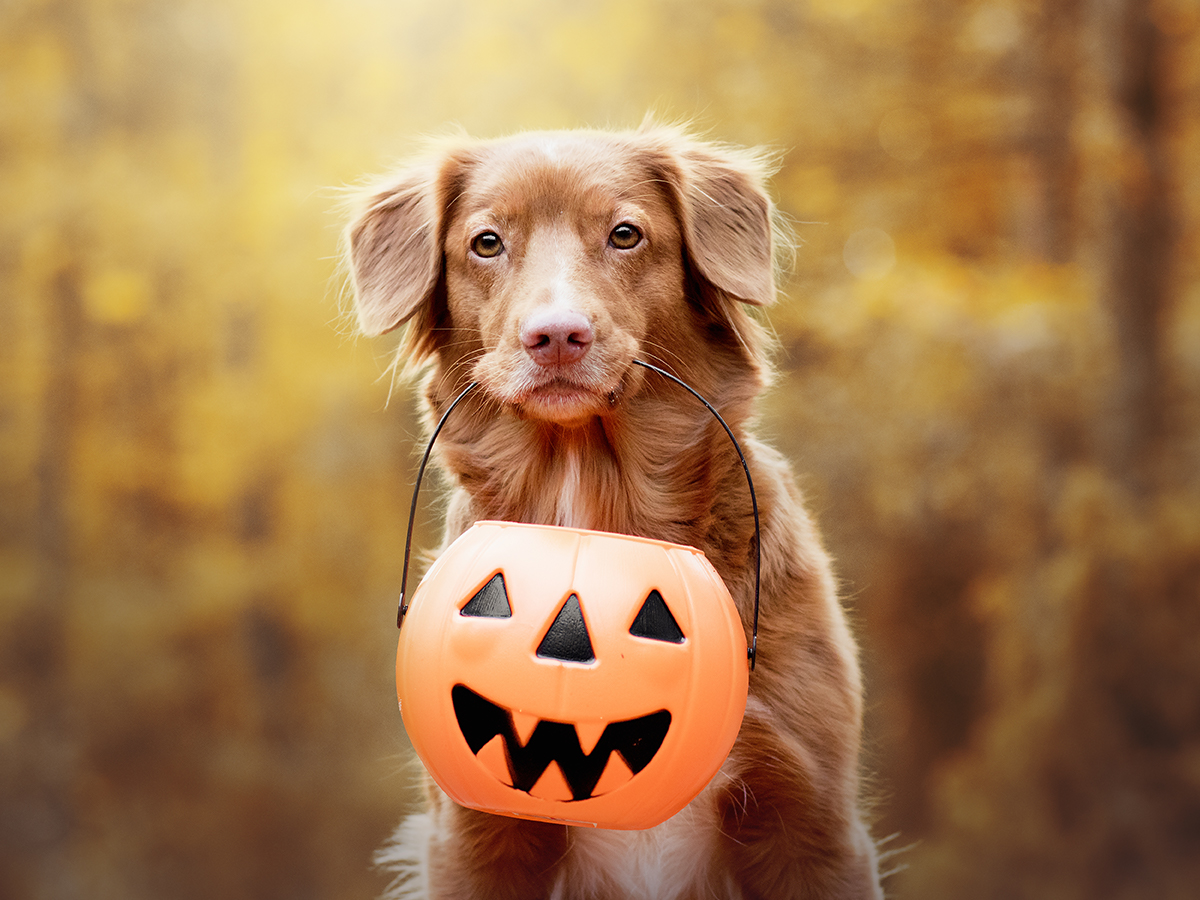
For more ways to help animals, find out how you can Take Action.


